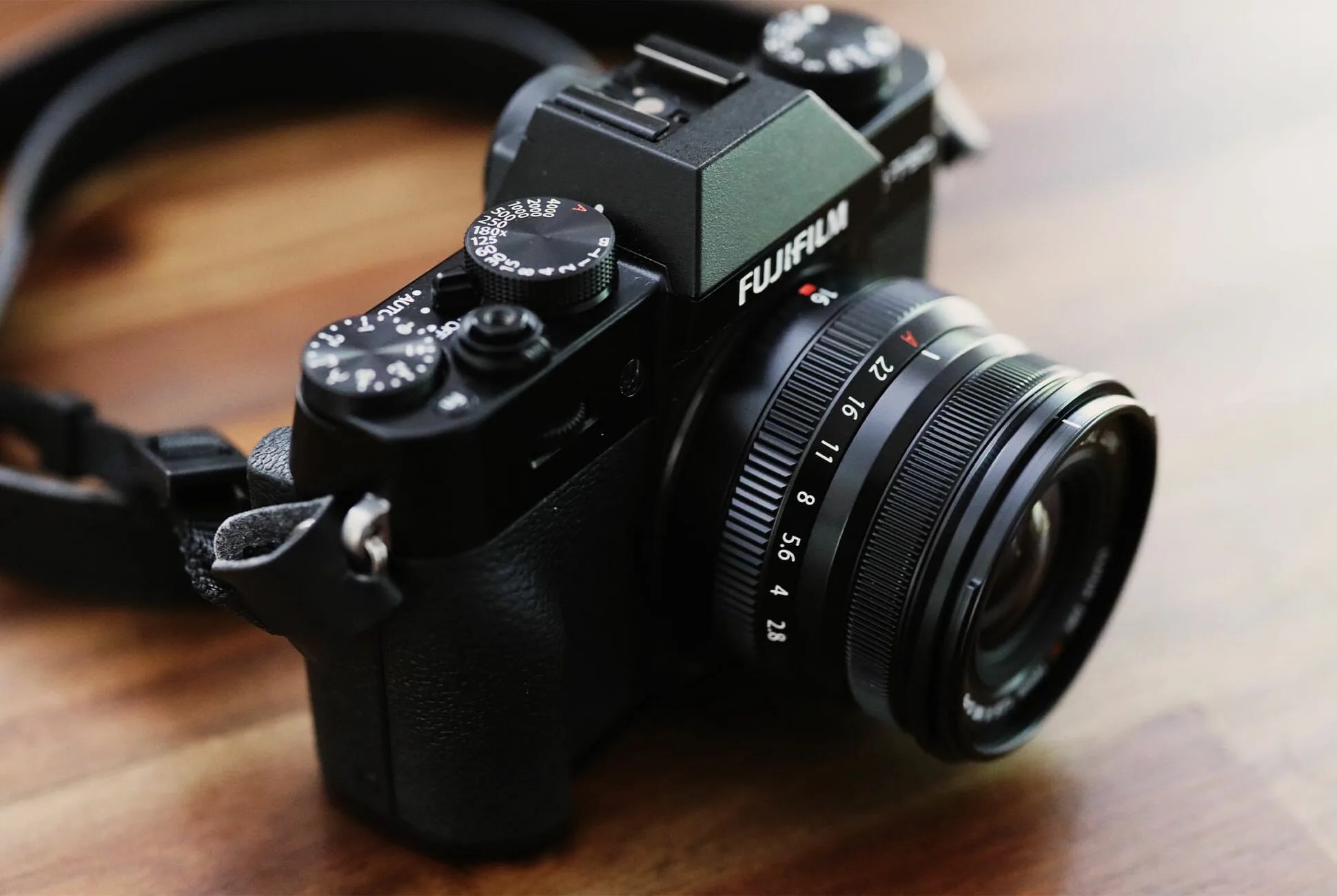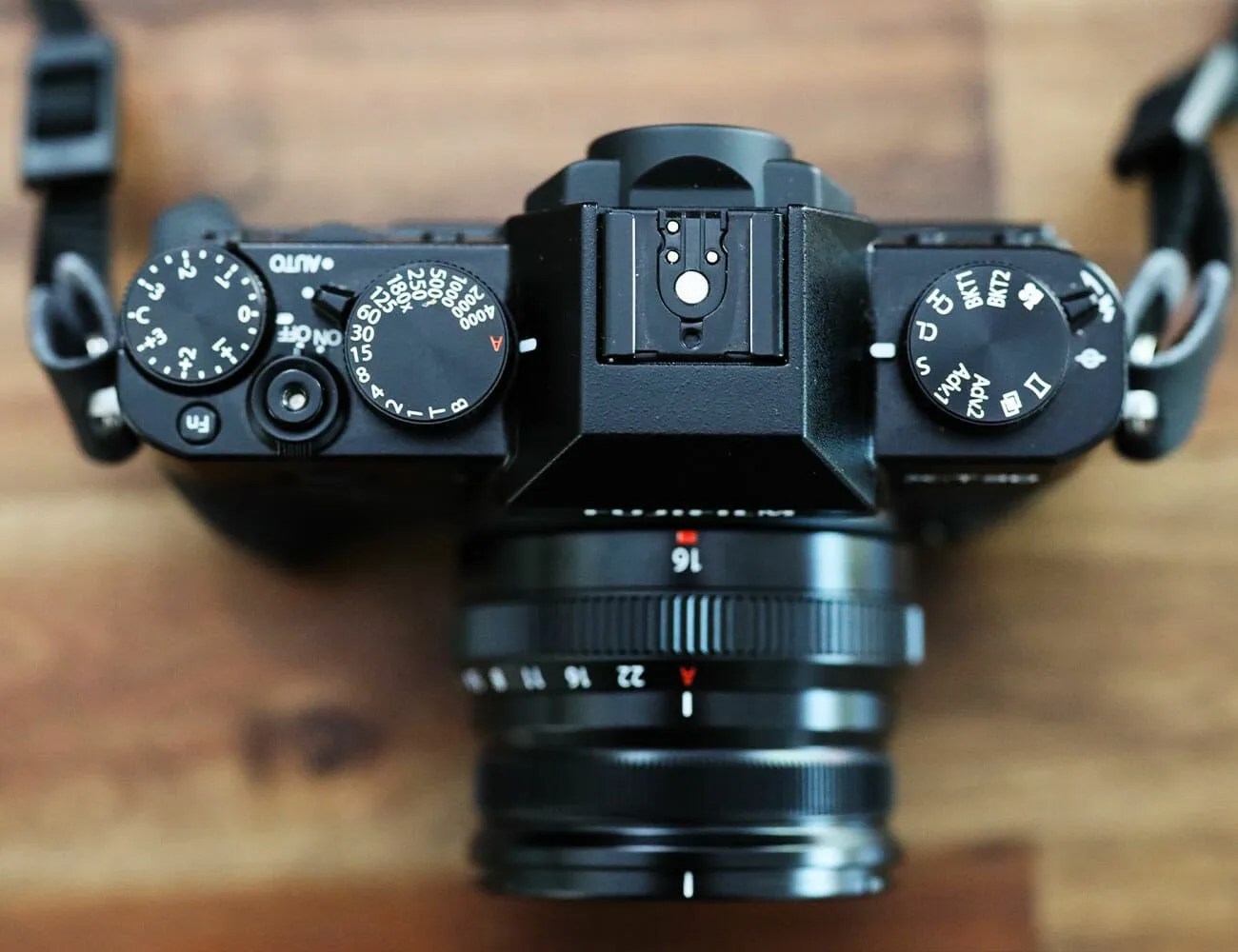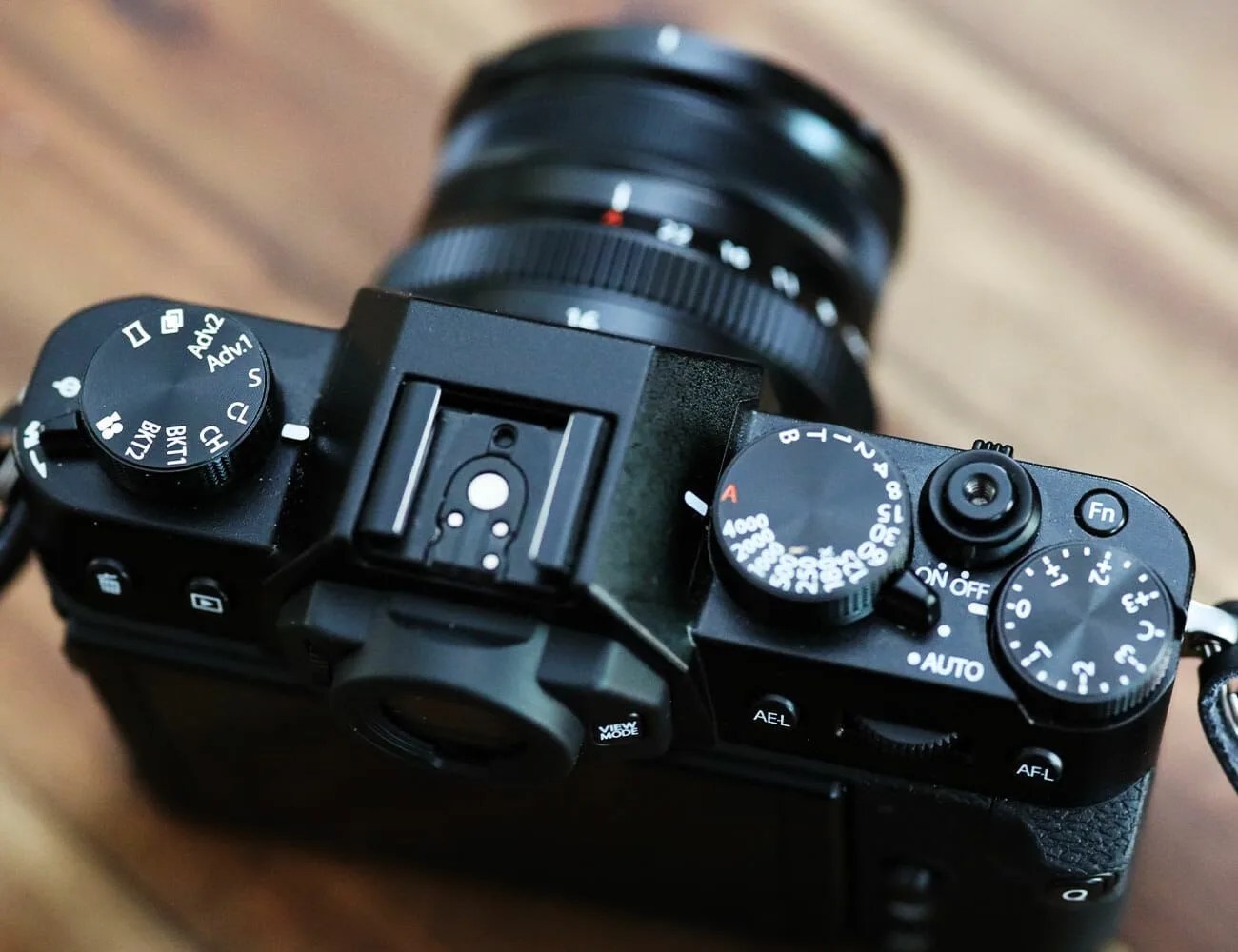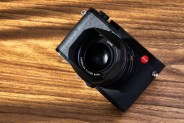James Bond preferred a smaller gun — a superior compact tool that didn’t throw off the proportions of a slim suit and a vintage Rolex. And the Fujifilm X-T30 ($899+) is the mirrorless interchangeable-lens camera equivalent of 007’s Walther PPK. When equipped with a small prime lens, it’s light in the hand or on a neck strap, and stealthy on the street. As a travel camera, it packs the power of a DSLR into a nearly pocket-sized package, and it won’t invite theft the way some bigger cameras might. But it’s more than just a great compact camera; like Bond’s iconic companion, the X-T30 has the presence of a timeless classic.
The Fujifilm X-T30 is available now in silver, black or “charcoal silver.”
The Good: To say the third time’s the charm would be a disservice to the much-loved X-T20 ($599+), but this third iteration seems to have found a sweet spot blend of the rich colors of a Fuji sensor with auto-focus prowess good enough to compete with Sony’s APS-C offerings. Fujifilm has a uniquely devoted following — a bit like the Volvo or Subaru of the camera world — and nothing justifies that devotion as clearly as the company’s continual willingness to put their top-of-the-line engines into their entry models. It is a winning strategy: the X-T30’s sub-$1000 price tag gives it a broad audience, and it’s almost guaranteed to outsell its big brother, the X-T3 ($1,499), as the previous model outsold the X-T2.
Fujifilm calls the X-T30 the “Little Giant,” and it inherits most of the best bits from its $500-more-expensive older sibling – crucially, the same processor and 26.1-megapixel sensor. It lacks features like the X-T3’s weather sealing, dedicated ISO dial, dual memory card slots, and 4k video at 60 frames-per-second. But what the X-T30 has that the X-T3 does not, is a pop-up flash, a full-auto mode that’s useful when shooting video or when passing the camera off to a less camera-savvy compadre; and not to mention, an incredibly compact body. It shoots 4k video at 30fps, it has a fast and accurate face- and eye-tracking autofocus system for stills and video, and 10-film-simulation modes that mimic Fuji film stock of the past — from the vivid colors of Velvia to the stark monochromatic power of black and white Acros. And you can apply any of these simulations to RAW images.
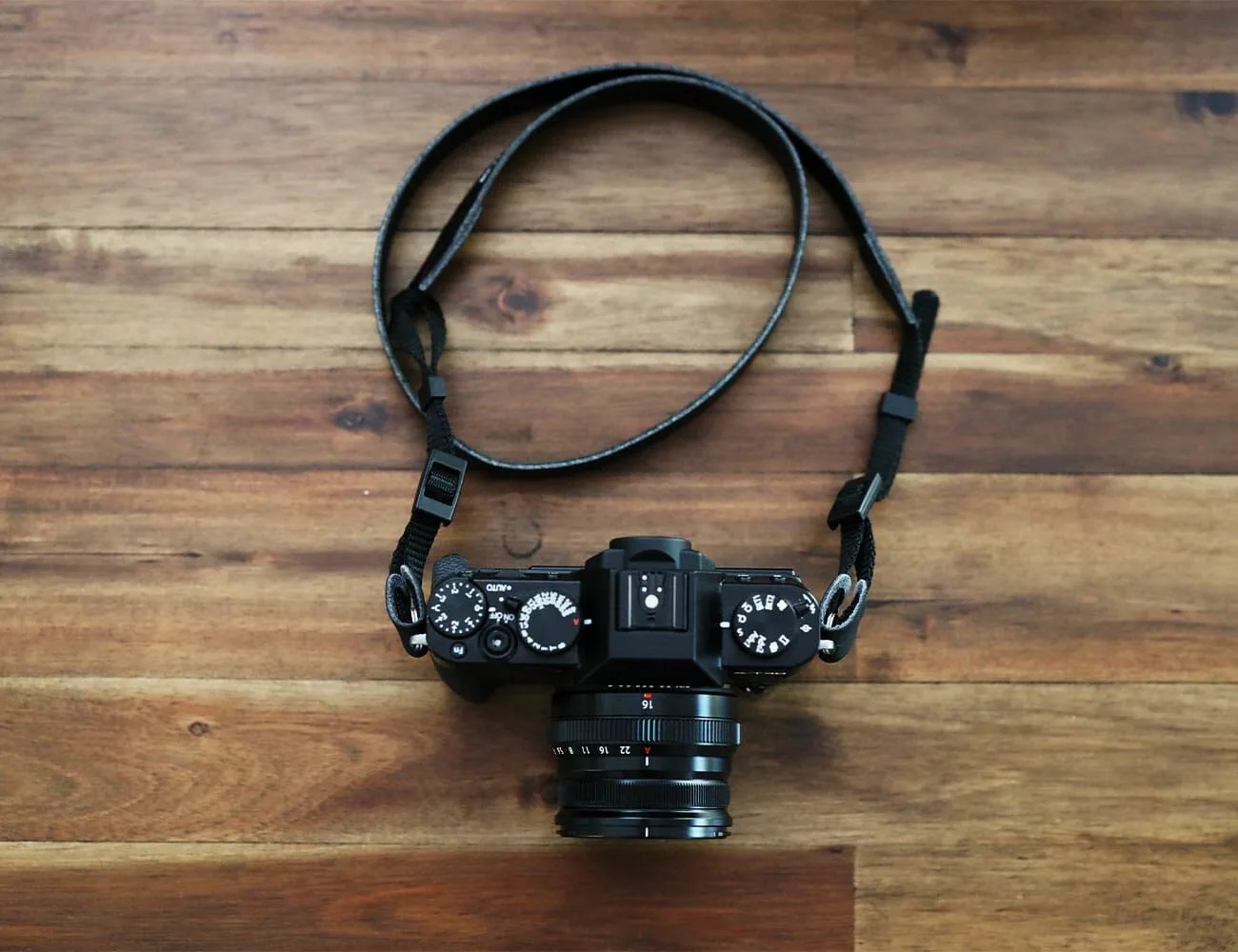
The X-T30’s manual dials for exposure compensation and shutter speed — especially when paired with a lens that has a manual aperture ring — make shooting manual fairly practical in the real world. And the customizable dials and buttons allow you to make the camera your own––set the front dial for ISO, set a back button to activate the “sports finder” mode that gives you a frame within a frame so you can capture a moving subject at just the right moment, or set the function button to send your photos automatically to your smartphone with a single push. Hold any button down and it will bring up a list of functions that the button can control. And for further depth of control, customize your own swipe commands for the tilting touchscreen LCD. A gearhead could get lost in these menus for hours, but because they are so intuitive, getting lost is only by choice.
